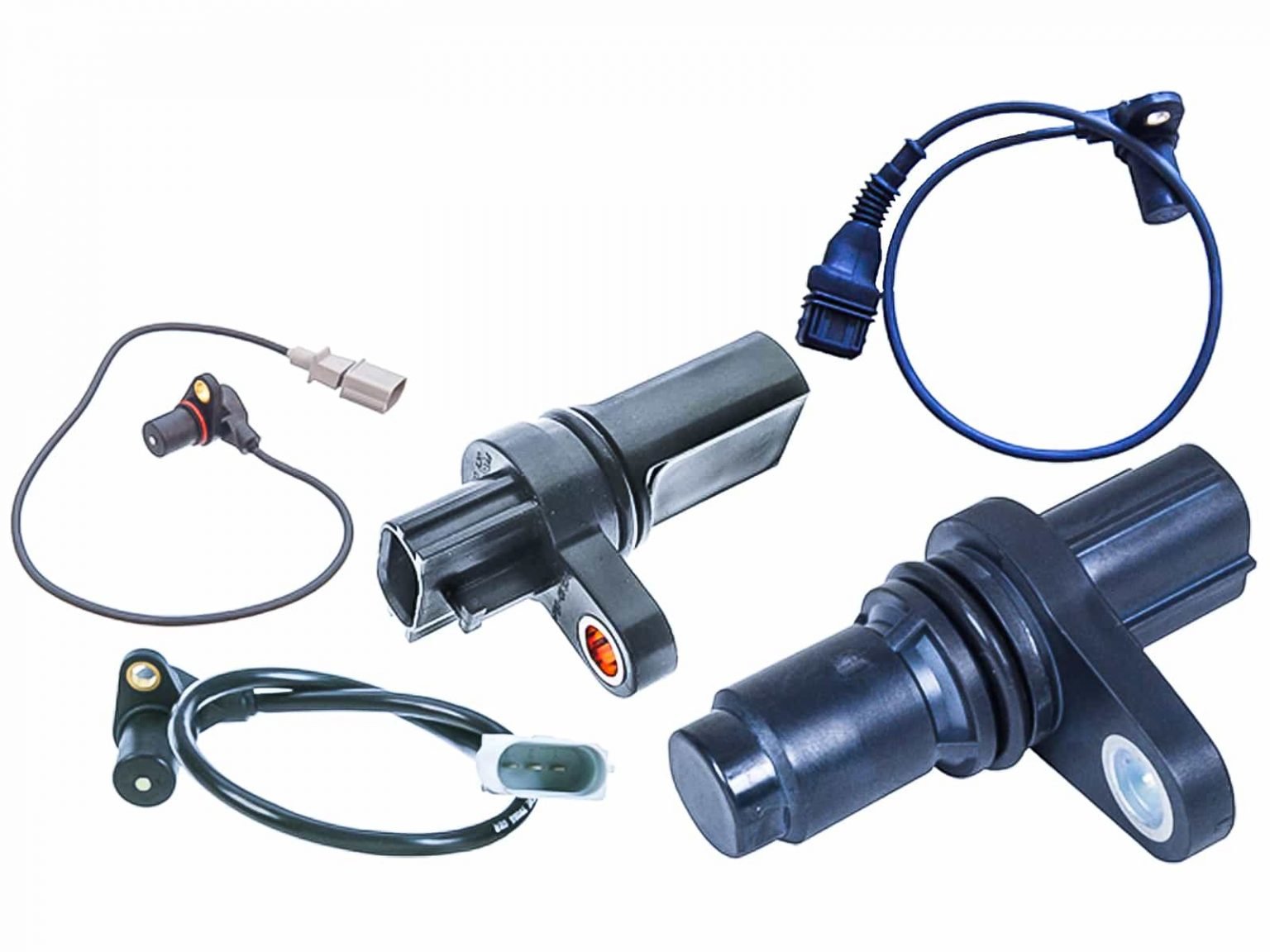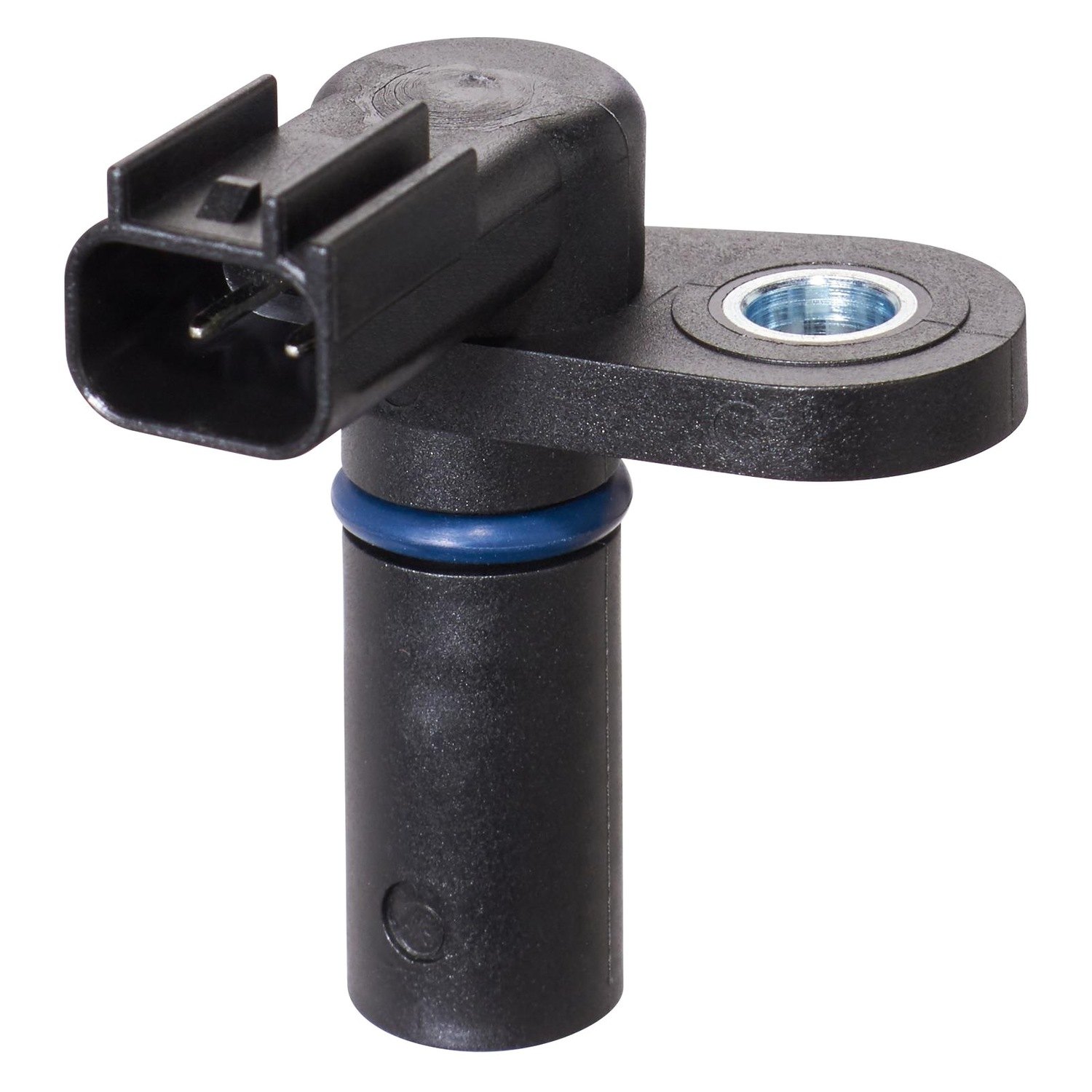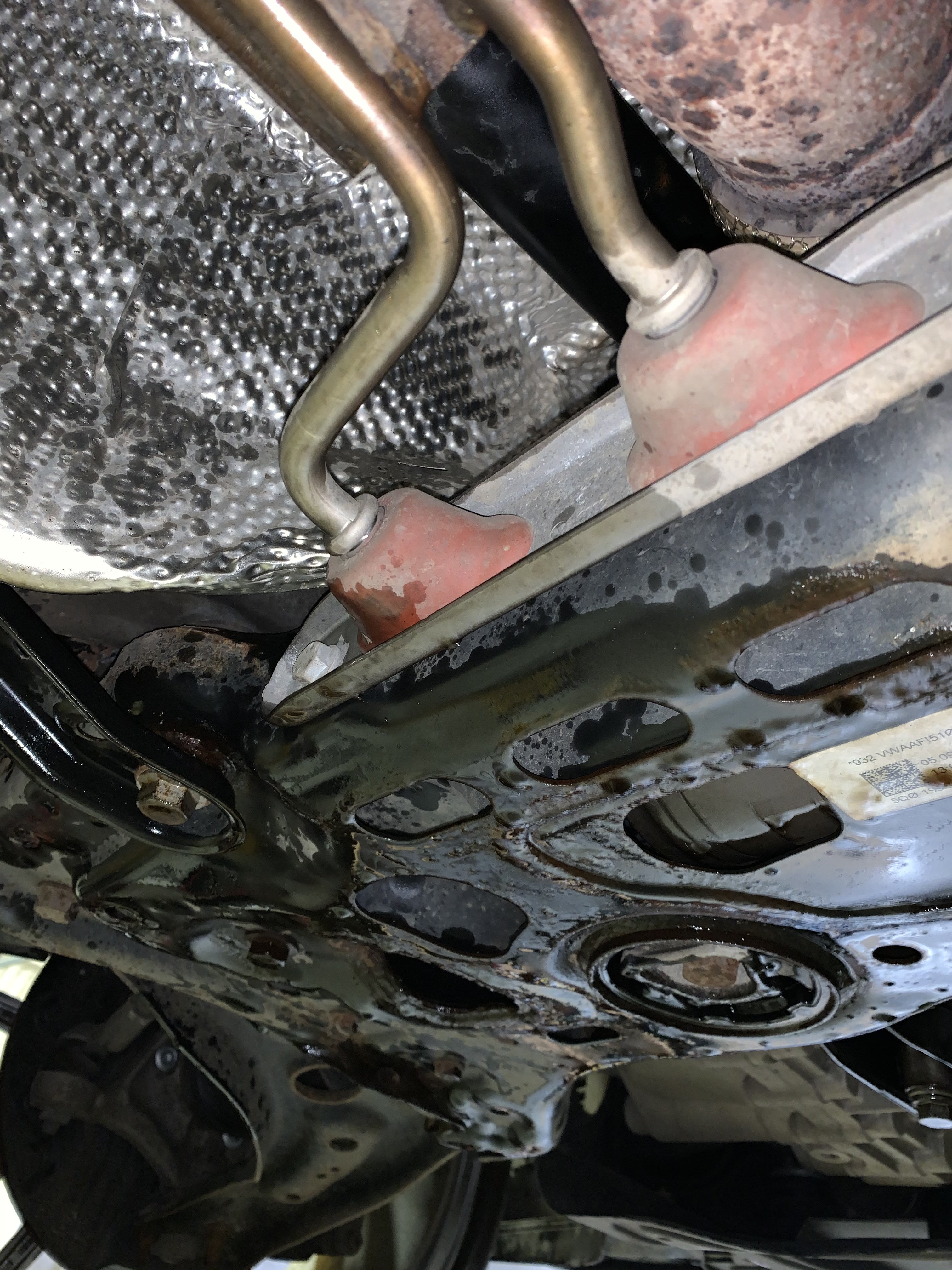How Does Crankshaft Position Sensor Work trending
Your car’s engine is a complex machine with many moving parts. One of the most important parts is the crankshaft, which converts the up-and-down motion of the pistons into the rotary motion that drives the wheels. The crankshaft position sensor (CPS) is a small but vital component that helps the engine run smoothly. It tells the engine’s computer where the crankshaft is in its rotation so that the computer can time the spark plugs and fuel injectors correctly.
If the CPS fails, the engine can run poorly or even stall. In some cases, the engine may not start at all. If you think your CPS may be failing, it’s important to have it checked by a qualified mechanic as soon as possible.
The crankshaft position sensor is a small, electronic device that is mounted on the engine block. It uses a magnetic sensor to detect the position of the crankshaft. The sensor sends a signal to the engine’s computer, which uses the signal to time the spark plugs and fuel injectors.
When the crankshaft rotates, it turns a reluctor wheel that is mounted on the crankshaft. The reluctor wheel has a series of teeth that are spaced evenly around the circumference of the wheel. As the reluctor wheel turns, the teeth pass by the magnetic sensor in the CPS. The magnetic sensor detects the change in the magnetic field as the teeth pass by, and it sends a signal to the engine’s computer.

What is the Importance of Crankshaft Position Sensor in Cars?
The crankshaft position sensor (CPS) is a small but important part of your car’s engine. It is responsible for sending a signal to the engine’s computer that tells it where the crankshaft is in its rotation. This information is used to time the spark plugs and fuel injectors so that the engine runs smoothly.
Without a CPS, the engine would not be able to run properly. The spark plugs and fuel injectors would not be timed correctly, and the engine would misfire or stall. In some cases, the engine may not even start.

Symptoms of a Failing Crankshaft Position Sensor
If your crankshaft position sensor is failing, you may experience a number of symptoms, including:
- Engine misfires
- Engine stalling
- Difficulty starting the engine
- Reduced engine power
- Increased fuel consumption

How to Replace a Crankshaft Position Sensor
Replacing a crankshaft position sensor is a relatively simple task that can be completed in about an hour. The following steps will guide you through the process:
- Locate the crankshaft position sensor. It is usually located on the side of the engine block, near the crankshaft.
- Disconnect the electrical connector from the sensor.
- Remove the bolt that holds the sensor in place.
- Pull the sensor out of the engine block.
- Install the new sensor in the engine block.
- Tighten the bolt that holds the sensor in place.
- Connect the electrical connector to the sensor.
- Start the engine and check for leaks.

What is the Difference Between OEM and Aftermarket Crankshaft Position Sensors?
When it comes to replacing your crankshaft position sensor, you have two options: OEM (original equipment manufacturer) and aftermarket. OEM sensors are made by the same company that made your car, while aftermarket sensors are made by a different company. OEM sensors are typically more expensive than aftermarket sensors, but they are also made to the same specifications as the original sensor. Aftermarket sensors may be less expensive, but they may not be as well-made as OEM sensors.
If you are looking for the best possible performance from your car, it is best to use an OEM crankshaft position sensor. However, if you are on a budget, an aftermarket sensor may be a good option.

How to Test a Crankshaft Position Sensor with a Multimeter
If you are experiencing problems with your car’s engine, it is possible that the crankshaft position sensor is failing. You can test the sensor using a multimeter to check for continuity. To test the sensor, follow these steps:
- Set the multimeter to the ohms setting.
- Connect one probe of the multimeter to the positive terminal of the sensor.
- Connect the other probe of the multimeter to the negative terminal of the sensor.
- If the multimeter reads continuity, the sensor is working properly.
- If the multimeter does not read continuity, the sensor is faulty and needs to be replaced.

Conclusion
The crankshaft position sensor is a vital part of your car’s engine. It is responsible for sending a signal to the engine’s computer that tells it where the crankshaft is in its rotation. This information is used to time the spark plugs and fuel injectors so that the engine runs smoothly. If the CPS fails, the engine can run poorly or even stall. If you think your CPS may be failing, it’s important to have it checked by a qualified mechanic as soon as possible.




